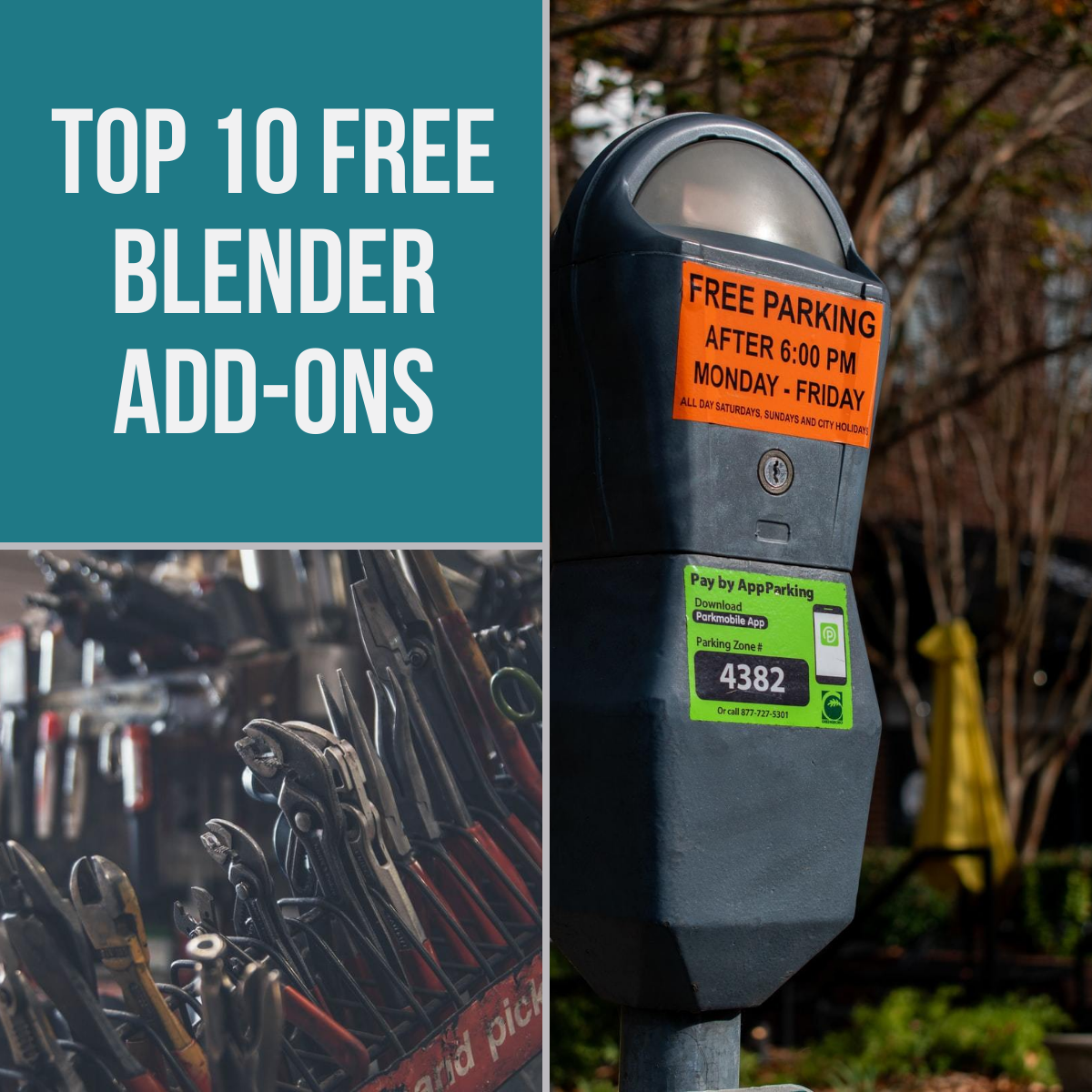

Go ahead and create this file in your new add-on directory, and paste this into it: The first script you will need is _init_.py. Creating a Loading a Minimal Add-on from the Filesystem To begin developing add-ons directly in Blender’s filesystem, simply open your favorite IDE, and open a project in blender-2.78c/2.78/scripts/addons/ or blender-2.78c/2.78/scripts/addons/my_fresh_new_addon/. Some are single scripts, some are flat directories, and some are complex multi-level directories. In the addons/ directory, you will find every add-on that is installed on your version of Blender. For Blender 2.78c, the add-on files are found in blender-2.78c/2.78/scripts/addons/, where blender-2.78c is the name of the root directory of the Blender installation.

Open your filesystem and navigate to Blender’s installation directory. This is superior for a multitude of reasons, including portability, dependence safety, and organization. In this article, we will discuss how to set up common lightweight text editors (Sublime Text, Atom, Notepad++) to develop Blender Python in its own filesystem. The text editor is in the top right of the Blender “Scripting” view.įor an in-depth discussion of why the Blender Text Editor is not suitable for large-scale development, see Chapter 7 of my book, The Blender Python API.

While the text editor is convenient, it is not suitable for large-scale add-on development. This has led to the championing of Blender’s native text editor. When we want to get people interested in Blender Python, we want ease-of-use and minimal setup time. Most educational resources on Blender Python are fairly introductory, meaning they assume the audience comes from a position of zero experience. After talking to a few veteran developers, I learned that the best way to develop Blender Python is outside of Blender. I did this for way too long without realizing how inefficient it was. When I began developing with Blender Python, I used the text editor that was built in to the Blender GUI.


 0 kommentar(er)
0 kommentar(er)
